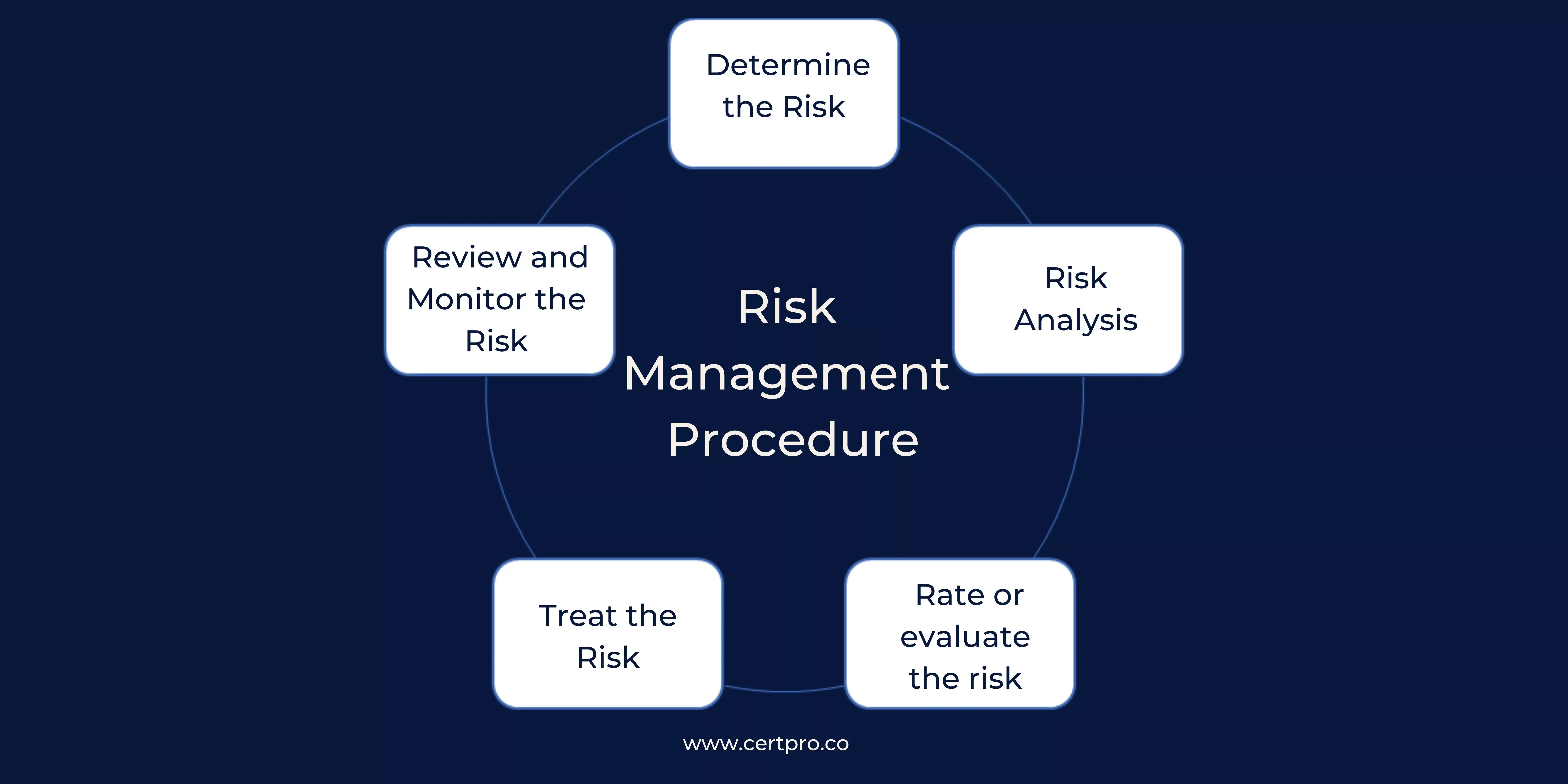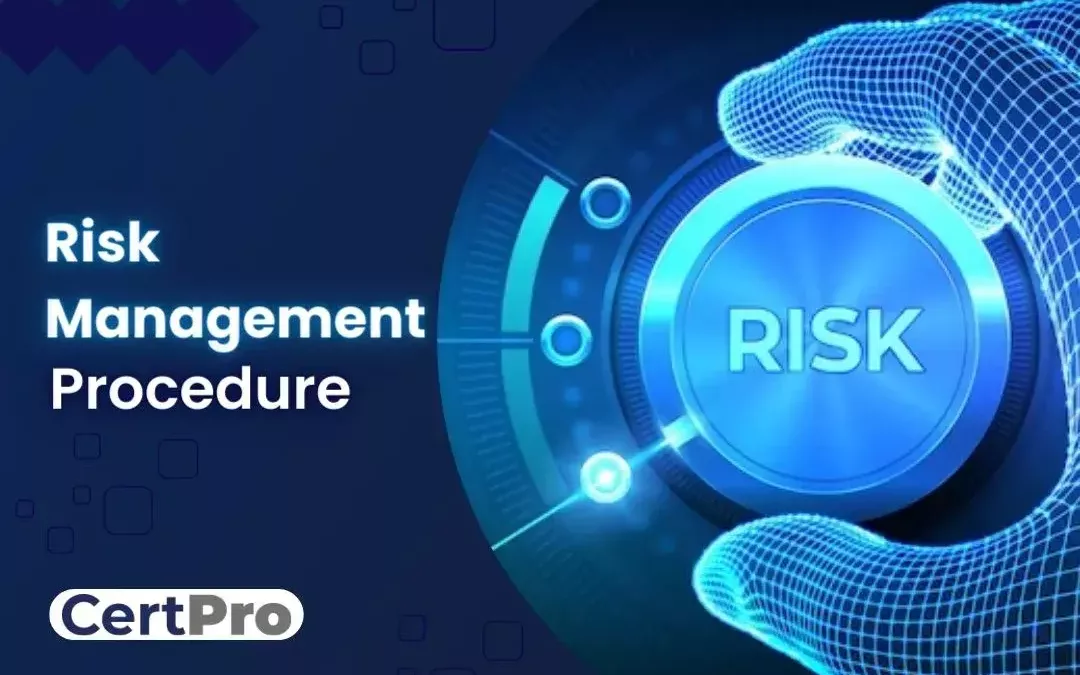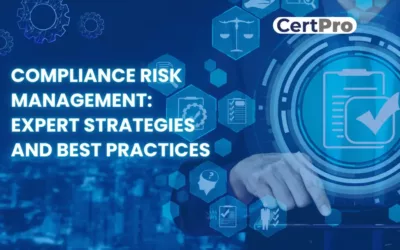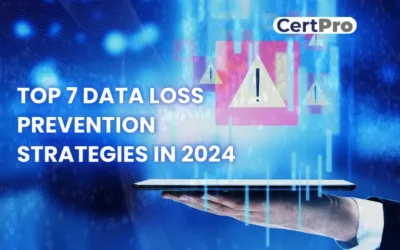Organizations confront a variety of risks in today’s dynamic and unpredictable business climate, which may have a substantial impact on their operations, reputation, and bottom line. The capacity to manage these risks effectively is critical for long-term performance and resilience. The purpose of this essay is to investigate the significance of adopting strong risk management processes and to offer an outline of a complete process.
This is a systematic technique that allows businesses to proactively discover, analyze, and minimize possible hazards. Organizations that use a systematic technique can reduce the negative repercussions of risks while capitalizing on possibilities for development and innovation. A well-executed management approach not only protects against possible disruptions, but it also improves decision-making by offering useful insights into the potential outcomes of various courses of action.
Monitoring and evaluation are also essential components of the risk management process. Maintaining resilience requires regularly reviewing the efficacy of established risk remedies and remaining attentive to emerging threats. This essay underlines the need for continual development, open communication, and interaction with stakeholders throughout the risk management process.
WHAT IS RISK MANAGEMENT?
Risk assessment management is an essential component of total risk management. It entails thoroughly assessing and analyzing prospective hazards in order to estimate their possibility, effect, and severity. The fundamental purpose of risk assessment management is to get a thorough knowledge of the hazards that an organization confronts so that educated choices can be made about how to prioritize and address them.
Organizations may identify and understand possible risks, prioritize their focus, and establish suitable strategies to manage and mitigate those risks by engaging in risk assessment management. This proactive strategy assists companies in lowering the chance of negative occurrences, protecting their assets and reputation, and making educated decisions to achieve their goals.
This article will walk readers through a risk management approach step by step, detailing critical factors that contribute to effective risk management. The technique starts by defining the context, defining the scope and goals of the risk management process, and identifying important stakeholders. It then goes over the crucial processes of risk identification, risk assessment management, and prioritization. Organizations may get a thorough picture of their risk environment and efficiently deploy resources to address the most serious risks by going through these steps.
Furthermore, the paper emphasizes the critical stage of risk management. It underlines the need to design risk response plans that are suited to the organization’s individual requirements and circumstances. Organizations may safeguard their interests and improve their capacity to handle uncertainties by making educated decisions about risk avoidance, mitigation, transfer, or acceptance.
THE RISK MANAGEMENT PROCEDURE
Risk management is a systematic strategy to detect, analyze, and reduce possible risks so that their influence on an organization’s objectives is minimized. The following is a general risk assessment management process in five steps:

Step 1: Determine the Risk:
Identifying possible hazards is the first stage in the risk management process. This entails doing an in-depth analysis of internal and external issues that may represent dangers or opportunities for the firm. Brainstorming meetings with stakeholders, evaluating historical data and incident reports, researching industry trends, and enlisting the help of subject matter experts are all excellent methods for detecting risks.
Organizations may guarantee that they have a full awareness of the possible hazards they face by methodically collecting a wide variety of risks. This stage lays the groundwork for following up on risk management efforts, allowing firms to address possible issues before they worsen.
Step 2: Risk Analysis:
Once possible threats have been identified, they must be thoroughly examined. Risk analysis entails determining the possibility of a risk occurring and its possible impact on the organization’s goals. To get insights into the features, causes, and potential repercussions of each risk, qualitative and quantitative analytical methodologies can be used.
Through expert judgment and subjective evaluations, qualitative analysis investigates the risk’s severity, detectability, and probability. In contrast, quantitative analysis provides numerical values for risks, allowing firms to quantify their potential financial effect or likelihood of occurrence. This stage gives firms a more in-depth knowledge of the risks, allowing them to better prioritize their activities and allocate resources.
Step 3: Rate or evaluate the risk:
After examining the hazards, they must be rated or ranked in order of importance. This stage entails comparing the hazards to predefined risk criteria and determining their relative relevance. It is possible to rate risks by taking into account factors like potential effects, probability, and detectability.
Organizations can assess which dangers deserve immediate attention and resources by assigning priority levels or scores to them. This stage ensures that resources are distributed proportionally depending on the severity of the risks, allowing companies to concentrate their efforts on the most significant issues.
Step 4: Treat the Risk:
Treatment of hazards entails designing and implementing methods to handle recognized risks. Organizations can select from a variety of risk management strategies based on the nature of the hazards. Avoiding the danger entails avoiding actions or circumstances that may pose a danger. Risk reduction is concerned with putting in place control mechanisms and safeguards to reduce the possibility or impact of a risk. Transferring risk to a third party, such as through insurance or contractual agreements, is an example of risk transfer.
Finally, risk acceptance is an informed decision to endure the risk, which usually occurs when the prospective benefits outweigh the potential negative effects. The organization’s risk tolerance, the resources available, and the likelihood that risk management measures will be successful all have an impact on the choice of risk management techniques. This stage ensures that suitable measures are put in place to manage, reduce, or respond to recognized risks, therefore decreasing the organization’s total exposure.
This stage ensures that suitable measures are put in place to manage, reduce, or respond to recognized risks, therefore decreasing the organization’s total exposure.
Step 5: Review and Monitor the Risk:
The final phase in the risk management process is to monitor and evaluate the success of the risk treatment measures that have been deployed. Risk management is an ongoing activity that requires constant monitoring to ensure that controls remain effective and consistent with the organization’s goals. This includes tracking recognized risks, assessing changes in the risk environment, and evaluating the effectiveness of risk management. Periodic assessment and evaluation aid in the identification of developing risks, the evaluation of the effectiveness of existing risk remedies, and the implementation of necessary changes.
Key risk indicators (KRIs) and risk reporting methods enable effective monitoring and give insights into the risk profile of the company. Continuous risk management process evaluation and improvement enable firms to adapt to changing conditions, strengthen risk management skills, and maintain a proactive approach to risk mitigation.
DEVELOPING DURABILITY WITH CERTPRO
CertPro is critical to improving enterprises’ risk management skills as well as increasing durability and resilience. Organizations may successfully discover, assess, evaluate, treat, and monitor threats by using CertPro’s extensive range of tools and features. Businesses may use the platform to streamline their risk management operations, allowing for proactive decision-making and resource allocation. CertPro empowers enterprises to handle unpredictable and tough business landscapes, ensuring the long-term viability of their operations. Organizations may create a culture of risk awareness and responsiveness by embracing CertPro’s innovative solutions, eventually strengthening their capacity to resist and prosper in the face of growing risks and uncertainties.
FAQ
Why is risk management so crucial in organizations?
A risk management method is critical for companies because it assists them in identifying and understanding possible threats. Organizations may make educated decisions, manage resources effectively, and limit the impact of possible threats by methodically managing risks. It also promotes resilience, stakeholder confidence, and long-term sustainability.
What purpose does risk analysis serve in a risk management procedure?
The process of determining the possibility and possible effect of identified hazards is known as risk analysis. It assists in comprehending the characteristics, causes, and potential outcomes of each risk. To get a better understanding of risks, qualitative and quantitative analytical approaches are applied, allowing companies to prioritize and allocate resources more efficiently.
What is the most significant aspect of risk management?
Identifying Risks: Identifying hazards is the most critical aspect of risk management and has the most influence on the process. It is the initial phase of the procedure for risk management. A danger cannot be assessed or evaluated before it is detected.
What exactly is the distinction between risk management and risk assessment?
Risk management is a continuous process that involves finding, assessing, and responding to risk factors, whereas risk assessment focuses on detecting hazards and analyzing all potential workplace dangers. Identification, analysis, and evaluation are the three main components of risk assessment.
How might technology and software solutions help with risk management?
They provide risk detection, analysis, evaluation, and reporting using automation, data analysis, and centralized platforms. Risk management software may improve the efficiency and efficacy of risk management by streamlining operations, enhancing data quality, and enabling real-time monitoring.

About the Author
RAGHURAM S
Raghuram S, Regional Manager in the United Kingdom, is a technical consulting expert with a focus on compliance and auditing. His profound understanding of technical landscapes contributes to innovative solutions that meet international standards.
COMPLIANCE RISK MANAGEMENT: EXPERT STRATEGIES AND BEST PRACTICES
Compliance risk considers the organization's potential legal, material, and financial losses due to compliance failure. Thus, compliance risk is known as integrity risk. Organizations of all sizes are exposed to compliance risk. Hence, compliance failure results in...
TOP 7 DATA LOSS PREVENTION STRATEGIES IN 2024
In the contemporary business landscape, data is the cornerstone of organizational vitality. Businesses leverage data extensively to inform decisions, maintain competitiveness, and foster expansion. Nonetheless, they encounter multifaceted challenges emanating from...
TIPS FOR ARTICULATING YOUR SECURITY POSTURE TO STAKEHOLDERS
Cybersecurity is now a top-tier priority for any Organization. Data breaches can ruin the entire company, destroy customer trust, and damage reputation. However, companies can find decision-making difficulties because stakeholders, board members, department heads, and...




